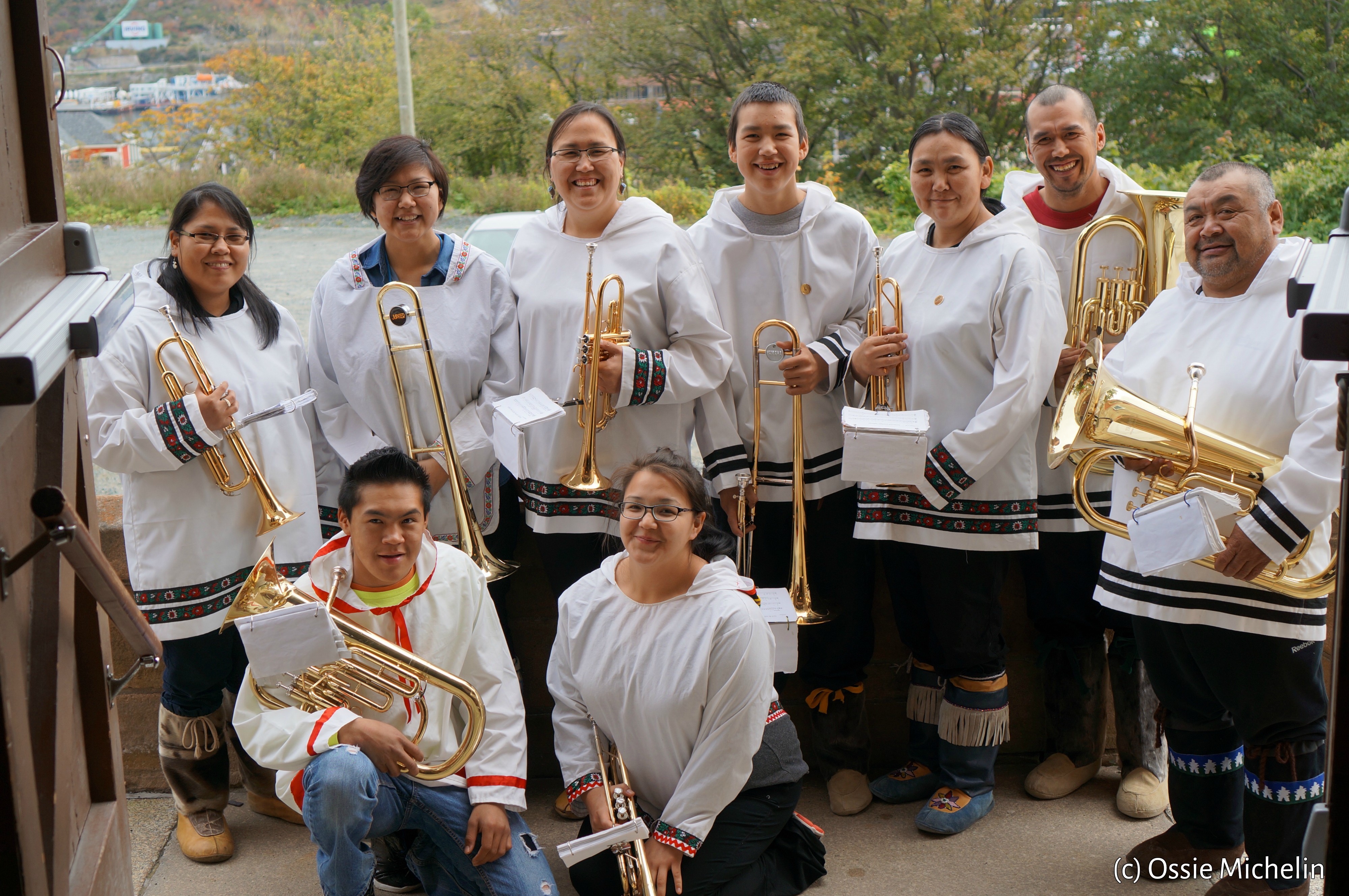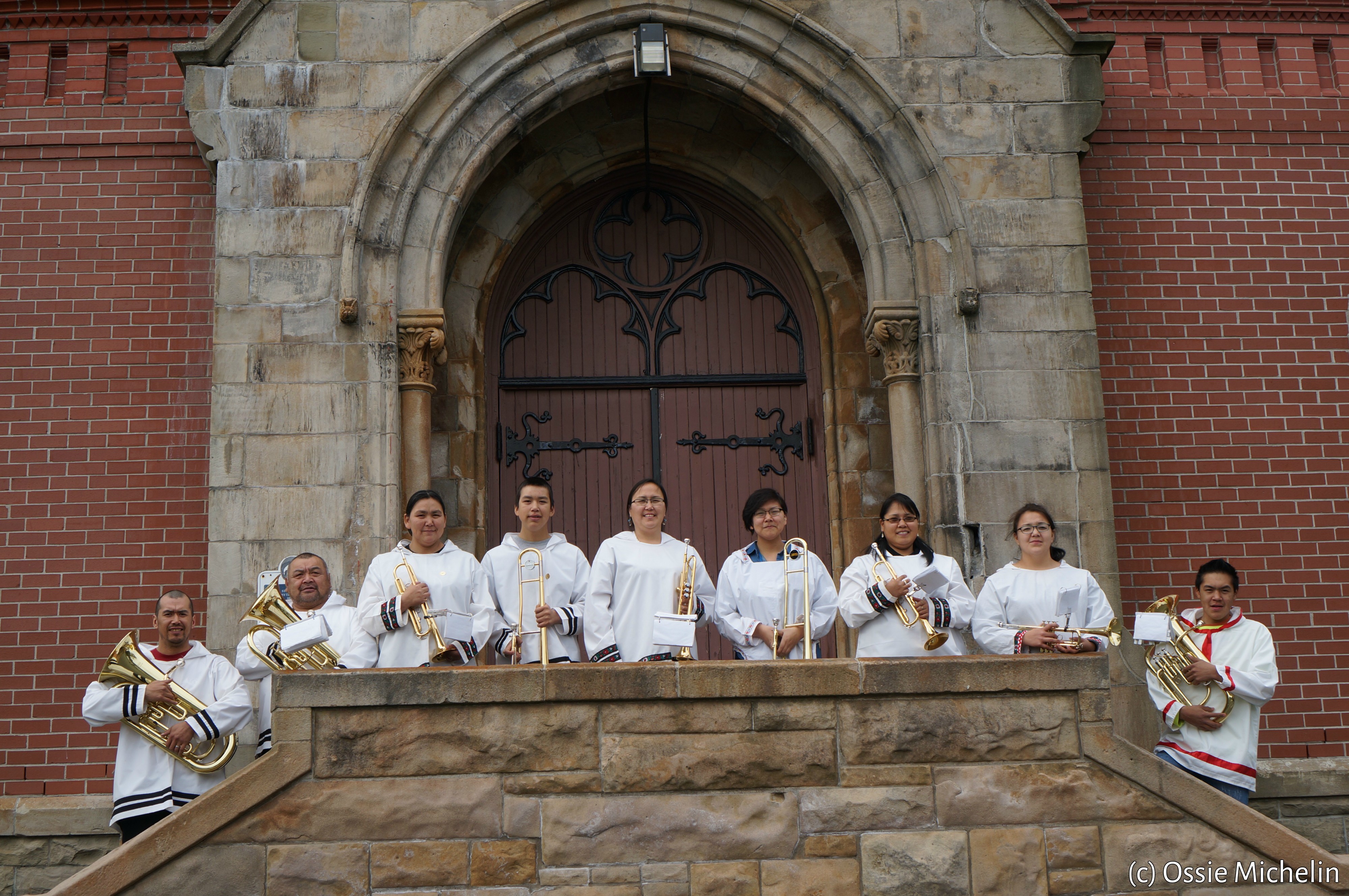Jul 5, 2017 - Maja Hinrichs for SoGerman
Introduced as a European tradition by Moravian missionaries in the 18th century, Moravian music was transformed over the centuries to become an expression of Inuit culture in Northern Labrador. Today, 250 years after the arrival of missionaries on Canadian territory, Moravian music belongs to Inuit daily life.

Moravian missionaries arrived for the first time in Labrador in 1752 to build Christian communities abroad. The German-speaking missionaries quickly learned Inuktitut, the language of the indigenous people. Introducing them to Moravian traditions, the missionaries grew to respect their Inuit culture. The Moravians translated manuscripts and music sheets, to teach the Inuit German church hymns and classical compositions. Brass bands were established and called the community to church service.

The sounds of Inuit choirs and brass bands sparked a long-term research project for Professor Tom Gordon. He is a researcher of Musicology and Ethnomusicology and former director of the School of Music at Memorial University of Newfoundland, who has worked on several projects with Inuit musicians in the Moravian communities of Labrador.
In 2002, Tom first visited the communities of Nain, Hopedale and Makkovik along Labrador’s north coast where Inuit choirs and brass bands continued to flourish. Inspired by their passion for music first introduced by the Moravians, Tom has worked with Inuit musicians to develop an understanding of the Inuit voice in Moravian music and to assist in sustaining the tradition into the future.
While digitizing and inventorying about 30,000 pages of music manuscripts handwritten by Moravian and Inuit musicians, Tom learned how deeply this music is interwoven in the lives of the Labrador Inuit.
“Music was much more than music for them. Through it, the Inuit tell a story of their culture,” says Tom.
The tradition of the brass bands is enjoying a revival today. Karrie Obed plays the euphonium with the Nain Brass Band.
“I play in the band because it warms my heart to hear brass playing again on the streets or anywhere for that matter, it takes me back to the good old days when the brass band played around town from houses to houses and the “nalujuks” came around,” he says.
“It is so good to hear brass band again. I am proud to be one of the band members to bring back the beautiful sounds of the brass band music.”
Find out more about Moravian brass music in the exhibition “Canada and Germany: Partners from Immigration to Innovation”, which the Embassy of the Federal Republic of Germany is presenting in Ottawa from June 27 – July 26, 2017.